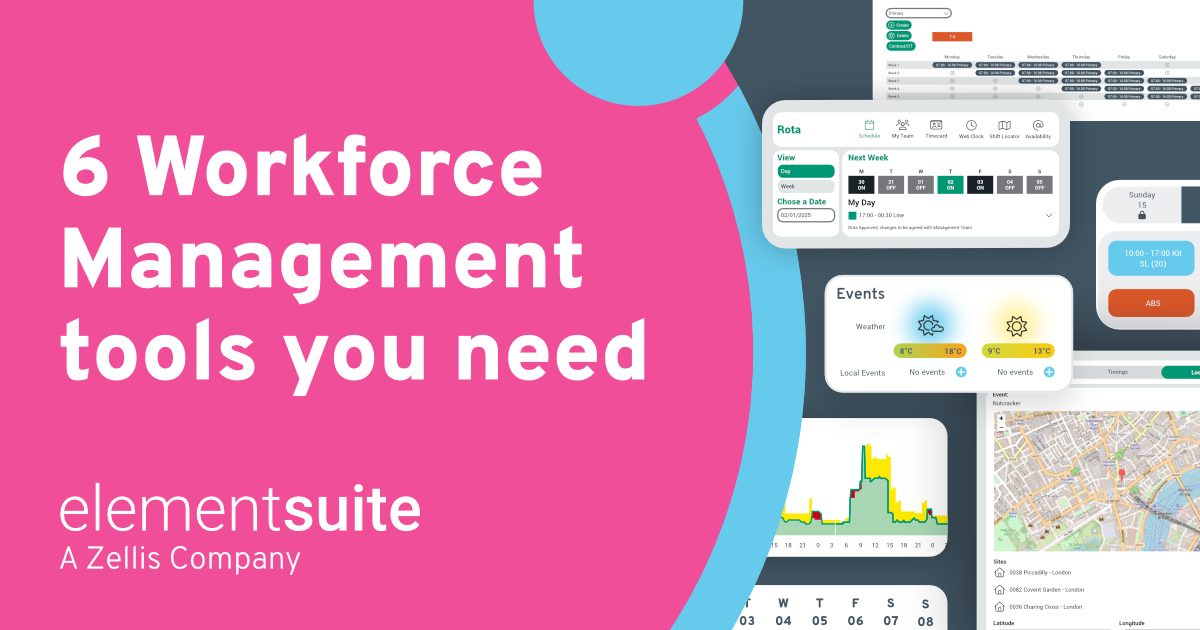As a result of the pandemic, the great resignation, and quiet quitting, we are finding that more and more HR professionals are turning to HR analytics to help them better understand their workforce, and make more informed decisions.
But one thing that we find when speaking to HR professionals, is that they don’t always know how to get started when it comes to HR metrics and analytics. That’s why we put together this guide to help you on your way to unlocking the power of your people data.
What is HR analytics?
HR analytics (also known as people analytics) is the process of collecting and analysing employee data to better understand how your workforce is performing. This can include HR metrics like engagement, productivity, turnover rate, diversity, and more.
It can be used to identify areas of improvement across your organisation, and provide valuable insights that can help you make more informed decisions around hiring, retaining, and developing your workforce.
Essentially, it takes the guesswork out of HR decisions and provides a data-driven approach to understanding your workforce.
Where do I start?
Starting something new can always seem alien and intimidating. But don’t worry, there is a tried and tested approach to getting started with HR analytics.
The first step is to develop an understanding of the data you already have access to. If you have centralised HR system, all your important HR data from hire to retire – or what we like to call the ‘golden record’ – are already collected and aggregated, ready to be analysed. If not, you may need to manually enter the data into a spreadsheet or database.
What is the business question you are trying to answer?
Once you have your data organised, the next step is to identify the business questions you are trying to answer.
The best way to do this is by thinking like a researcher. Define the problem you are trying to solve and then formulate a hypothesis that you can test with your data.
For example, if you want to understand why people are leaving your company, one of your hypotheses may be: “Employees are leaving because they don’t feel valued in their current role.”
Now you can use your HR data to test this hypothesis. For instance, by analysing employee engagement data, turnover rates, and exit surveys, you can create a picture of why people are leaving and determine if your hypothesis is true or false.
Start small and work your way up
When testing your hypothesis, there are multiple ways you can analyse your data. You can start with a basic descriptive statistics (like averages and medians), and work your way up to more complex forms of analysis, such as predictive modeling and regression analysis.
Start by asking yourself simple questions and working from there. For instance, what are the average engagement levels across departments? What is the turnover rate in certain teams? Which managers have the highest-performing teams?
From there, you can then start to uncover more insights by combining different datasets and performing more complex forms of analysis to answer more complex questions.
Lets get storytelling!
Lets face it, as HR professionals, HR analytics is not our forte. Well, not yet that is. But have no fear, with the right HR system, whether it be an all-in-one HR system – or one that integrates with other platforms – it will provide you with all the ‘clicks’ to turn your HR metrics into insights.
Once you have your results, it’s time to start storytelling. In a nutshell, this means taking the insights you have gained from your analytics and turning them into an engaging narrative that will help you communicate key messages to stakeholders.
You can do this by either summarising the results into a report, or by creating visuals that help explain the data in a more easily digestible format.
Of course, the method in which you communicate the results is dependent on your audience. But, as we are naturally more visual creatures, visuals are usually the best way to go. And this can be easily achieved with the power of dashboards.
Here are some ways that you can paint a picture of your HR metrics analytics with dashboards:
- Bar Graphs: to illustrate comparisons between different metrics, as well as trends over time.
- Heat Maps: to visualise the relationships between different variables in a dataset.
- Scatter Plots: to identify correlations or outliers within data.
- Pie Charts: these are great for showing composition and distribution of data points.
Once you have established the method of presentation, it’s time to think about how to structure your story. Start by introducing the problem and then explain why it matters. This will help ensure that your audience understands why the data matters right away.
Then, provide an overview of what you discovered from the analysis, followed by specific recommendations or implications. And then finish up with a conclusion that summarises the main points of your story.
Bringing it all together
HR analytics can seem intimidating at first, but with the right HR system and a little bit of practice, anyone can become a master.
Start by defining the business questions you want to answer and then use HR metrics to test your hypothesis. When you’re ready, take the insights and turn them into an engaging story with visuals that will help you communicate key messages to stakeholders.
By following these steps, you can gain a deeper understanding of your organisation and, ultimately, make better decisions for your HR team.
So go forth and get data-driven!
And if you would like to learn more about HR analytics, or you’re looking for an all-in-one HR system that can help get you started, contact us here at elementsuite. Our intuitive platform is designed to make it easy to analyse key metrics and turn your data into actionable insights.
Get in touch today and see how we can help take your HR analytics to the next level!
Best of luck in your data-driven journey. We’re here to help if you need it.




